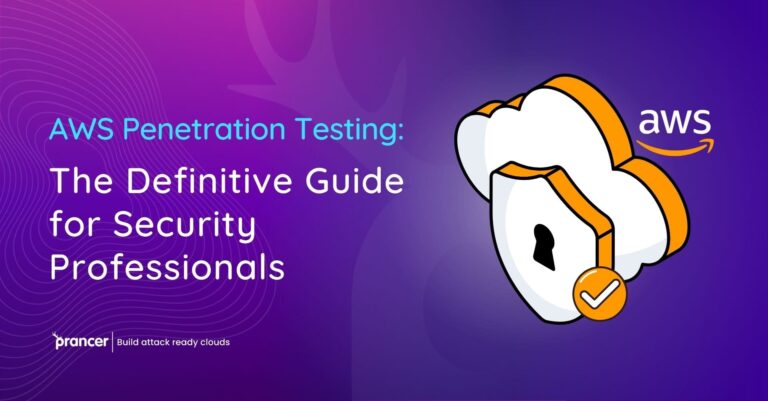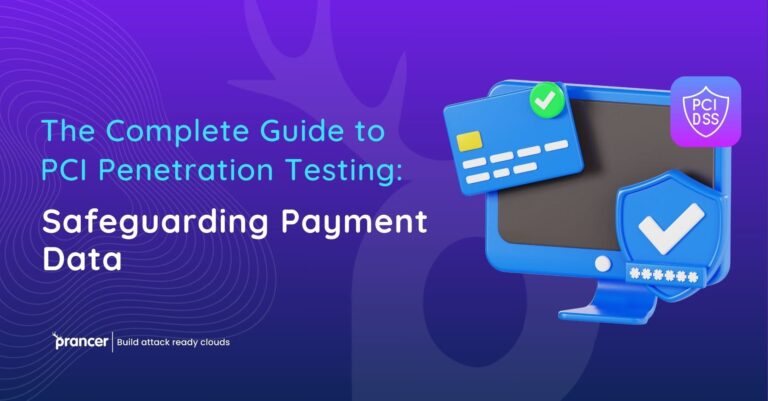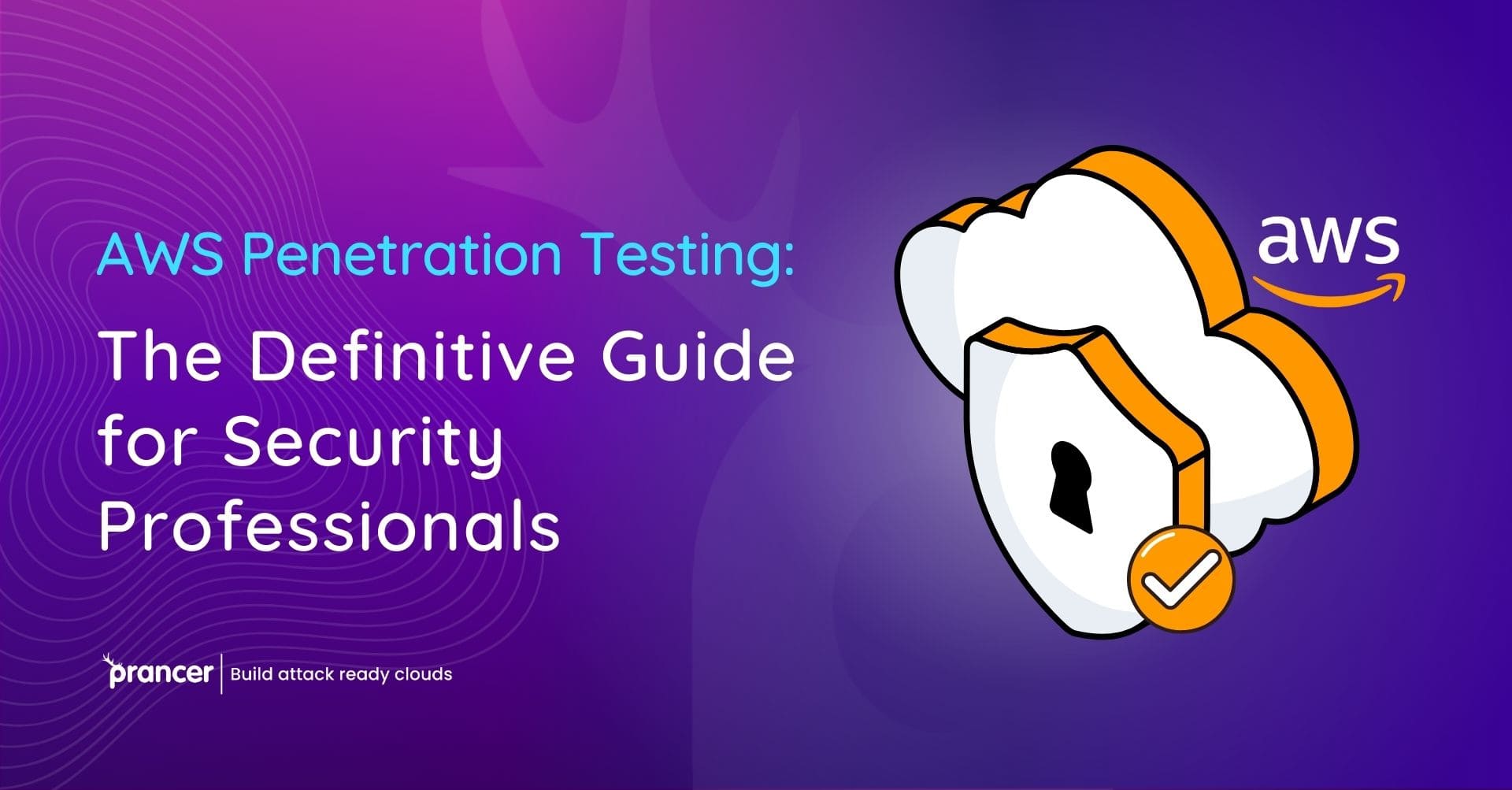Every organization of all sizes needs Amazon Web Services Penetration Testing because of our current cloud-first operational environment. The process of conducting AWS Penetration Testing has shifted from an optional requirement to an absolute security necessity because businesses transfer their sensitive data and critical applications to this platform. AWS environments present specific obstacles during network penetration testing because they need security professionals who understand cloud-native services together with IAM configurations and serverless architecture principles.
Security breaches from misconfigured AWS services now represent approximately 70% of all cloud-based incidents and S3 bucket exposures together with IAM privilege escalation issues emerge as the most widespread vulnerabilities. Comprehensive testing of AWS infrastructure demands automated scanning alongside manual exploitation methodologies which security experts activate to achieve complete results. Our team at Prancer provides hands-on assistance to multiple organizations for enhancing their AWS security posture through extensive testing strategies that do more than standard compliance standards.
The following step-by-step guide provides all necessary information:
- The unique aspects of cloud penetration testing
- All security attack vectors that specifically target AWS infrastructure
- Step-by-step testing methodologies
- Security experts depend on professional tools together with specific techniques for their work.
- Organizations need to understand how to decode and resolve discovered information.
Understanding the AWS Shared Responsibility Model
Where Your Security Obligations Begin
Penetration testing of Amazon Web Services depends heavily on mastering the shared responsibility model as a critical fundamental concept. AWS safeguards the base cloud facilities and customers need to protect everything they host through the cloud system.
- Data encryption and protection
- Identity and access management (IAM)
- Operating system and network configuration
- Application security
Traditional penetration assessment techniques generally fail to detect essential vulnerabilities that stem from this division of responsibilities. A successful AWS penetration testing plan needs to integrate the distinct security characteristics of cloud solutions.
AWS Testing Policies You Need to Know
All AWS Penetration Testing needs to start with understanding AWS’s testing policies along with their required compliance.
- The testing process requires you to make requests through AWS Vulnerability Reporting for specific test types.
- It is mandatory to avoid performing DDoS-like attacks together with port flooding and large-scale brute force attempts.
- Your AWS resource testing needs to exclude all inspections of AWS’s core infrastructure
Account suspension and legal consequences will follow from any noncompliance with these policies.
Critical AWS Attack Surfaces to Test
1. Identity and Access Management (IAM) Vulnerabilities
IAM misconfigurations form the most dangerous class of security risks which exist in AWS environments. Check the following points as your priority during the AWS Penetration Testing assessment:
- Look for roles that give excessive administrative privileges within your IAM system.
- It is crucial to evaluate inactive credential rotation by finding any unused access keys that extend beyond defined expiration terms.
- MFA gaps: Find critical services without multi-factor authentication
- Cross-account trust relationships: Audit external account access
Prancer detected an EC2 instance connecting to a full administrative privilege IAM role in a recent assessment which could have resulted in complete account compromise.
2. Storage Service Vulnerabilities
The misconfiguration of AWS storage services S3 EBS EFS occurs frequently.
- Public S3 buckets that lack proper exposure controls represent the security flaw that occurs most frequently in AWS environment.
- Data exposure becomes a serious threat from EBS volumes which operate without encryption protection.
- The wrong protocols in bucket policies result in unauthorized system access.
- Inadequate logging: Missing critical audit trails
3. Compute Service Risks
The penetration test of your Amazon Web Services needs to examine the following aspects:
- Catastrophic risks emerge from EC2 Security Groups due to their wide open management port accessibility.
- Unpatched AMIs: Vulnerable base images
- Lambda Function Injection: Serverless application risks
- Container Security: ECS and EKS configuration issues
4. Networking and VPC Configuration
Network security management inside AWS requires focused monitoring efforts.
- VPC Flow Logging: Missing or incomplete logs
- Network Access Control policies show improper configuration through NACL errors.
- The connection of VPC peerings through insecure configurations can create Peering Risks.
- Direct Connect: Security of hybrid cloud connections
AWS Penetration Testing Methodology
Phase 1: Reconnaissance and Mapping
Your AWS penetration testing endeavor needs a thorough reconnaissance phase at its beginning.
1-Asset Discovery:
- Users should execute AWS CLI commands that return instance information through the “aws ec2 describe-instances” command.
- Leverage tools like CloudMapper or ScoutSuite
- All operational services together with active resources need identification.
2-IAM Analysis:
- Enumerate users, roles, and policies
- Identify privilege escalation paths
- Check for inactive credentials
3- Network Mapping:
- Diagram VPC architecture
- Identify public-facing resources
- Document security group rules
Phase 2: Vulnerability Assessment
There must be equal use of automated penetration testing tools with human evaluation for complete security analysis.
1- Automated Scanning:
- The CIS benchmark checks must be executed through Prowler.
- Use Pacu for AWS-specific vulnerabilities
- Scan for common misconfigurations
2-Manual Verification:
- Validate automated findings
- Identify business logic flaws
- Check for subtle misconfigurations
Phase 3: Exploitation
The third phase allows controlled exposure of risk for safe demonstration purposes
1-IAM Privilege Escalation:
- Test for role assumption chains
- Exploit overly permissive policies
- Attempt cross-account access
2-Data Access Attempts:
- Try accessing sensitive S3 buckets
- Attempt to decrypt EBS volumes
- Test for database exposures
3-Persistence Establishment:
- Create backdoor access
- Test for detection capabilities
- Attempt lateral movement
Phase 4: Reporting and Remediation
The final and most critical phase:
1-Risk Prioritization:
- Classify findings by severity
- Organizations need to determine between short-term solutions that bring immediate results and longer-term resolution approaches.
- Provide clear remediation guidance
2-Executive Summary:
- Explain risks in business terms
- Highlight critical findings
- Provide high-level recommendations
3-Technical Details:
- Include proof of concept
- Document exploitation steps
- Provide specific remediation steps
Automation in AWS Security Testing
The practice of manual testing is vital, yet automated penetration testing delivers its key contributions to AWS security performance.
Benefits of Automation
1-Continuous Monitoring:
- Detect configuration drift
- Identify new vulnerabilities
- Maintain security posture
2-Compliance Validation:
- Check against CIS benchmarks
- Validate against industry standards
- Generate audit-ready reports
3-Scale and Efficiency:
- Scan hundreds of accounts
- Test ephemeral resources
- Reduce manual effort
Limitations to Understand
- The evaluation process performed by automated tools tends to generate incorrect results because of context misunderstandings.
- Business Logic Flaws: Require human analysis
- Attack chains of an advanced nature require human intervention for exploitation.
Prancer provides organizations with the best security by automating penetration testing to identify wide vulnerabilities while human experts perform thorough manual assessments.
Common AWS Security Mistakes
During our many Amazon Web Services Penetration Testing engagements we have found multiple regular vulnerabilities.
1. IAM Policy Neglect
- Problem: Overly permissive policies (“*” actions)
- Impact: Full account compromise
- The implementation of least privilege with the use of AWS Access Analyzer represents the solution.
2. Public S3 Buckets
- Problem: Unintentional public access
- Impact: Data breaches, compliance violations
- The solution for S3 bucket exposure lies in enabling S3 Block Public Access and conducting consistent audits.
3. Missing Guardrails
- Problem: No preventative controls
- Impact: Repeated misconfigurations
- The implementation of AWS Service Control Policies should act as a solution.
4. Inadequate Logging
- Problem: Missing CloudTrail logs
- Impact: Blind spots in monitoring
- Enable organization-wide logging as a Solution
Stay one step ahead—learn how to protect your systems with Prancer!
Conclusion: Building a Robust AWS Security Program
The process of AWS Penetration Testing exists as an ongoing cycle which needs integration with your organization’s cloud security plan. The increasing complexity of AWS environments between compute and storage and networking and serverless services requires continuous development of your testing approaches.
Key takeaways from this guide:
- Understand the division of security duties to determine exactly what aspects belong to your team.
- The simple act of ticking boxes cannot establish proper security measures.
- Security professionals should integrate automation through penetration testing alongside their manual assessment methods.
- IAM security forms the primary point of entry in almost all cyber breaches.
- Your tests should simulate attacks to find actual paths which attackers could exploit.
Our experience shows that performing extensive Amazon Web Services Penetration Testing enables organizations to establish enhanced cloud security positions at Prancer. Your risk of paying high costs from breaches and compliance violations decreases substantially when you locate and fix vulnerabilities prior to attacker discovery.
In the world of cloud security true visibility functions as your greatest form of protection. Your ability to defend the AWS environment improves according to the extent of your understanding about its vulnerabilities.




